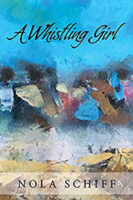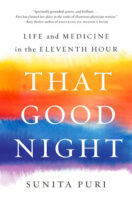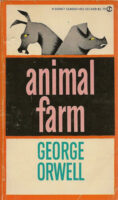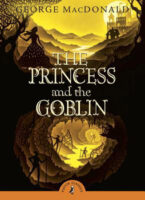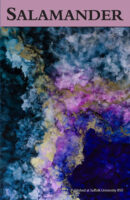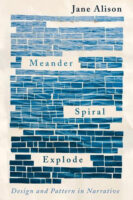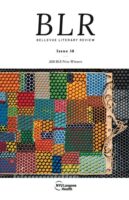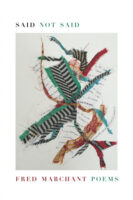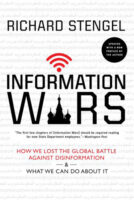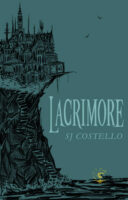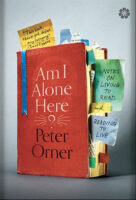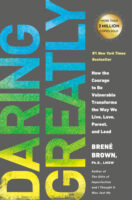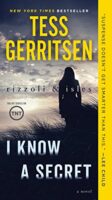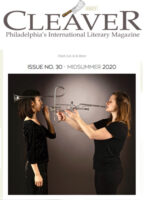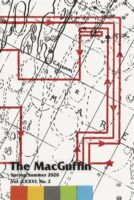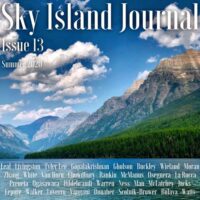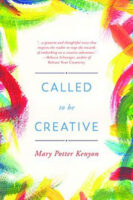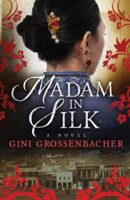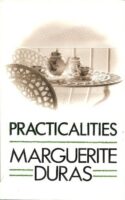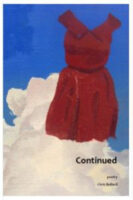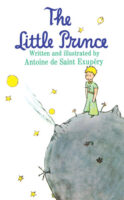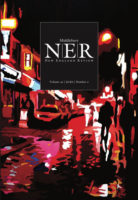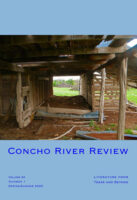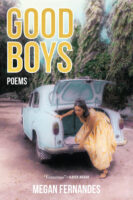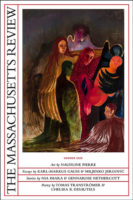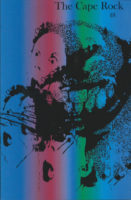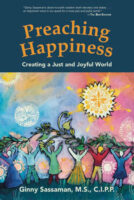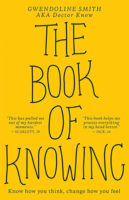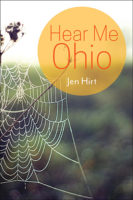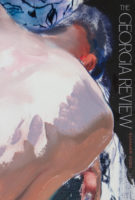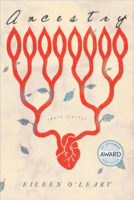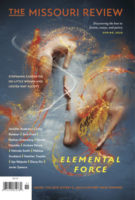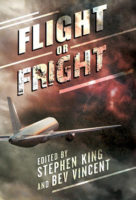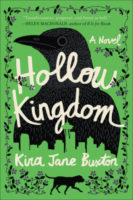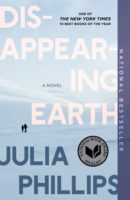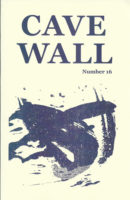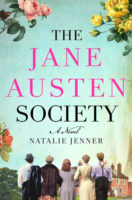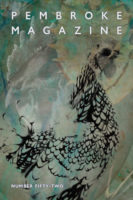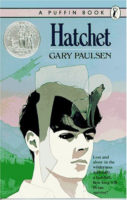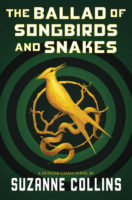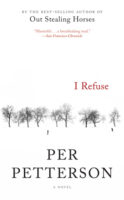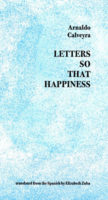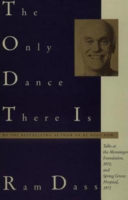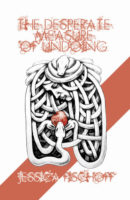What a thrill it is to read Nola Schiff’s magical, vivid, fast-paced novel A Whistling Girl. Set in Southern Rhodesia in the early 1950s, the story follows the exploits and coming-of-age struggles of a young girl named Nicole “Nick” Doughty.
Smart, daring, and serious, Nick, who hates dresses, is the leader of her gang of kids and eggs them on to all sorts of misadventures. More than that, Nick dreams of befriending the intrepid journalist Sarah J. Bridgeworthy, then journeying through Africa on a dangerous mission to interview members of the Mau Mau. Nick follows S. J. through news reports and her own imaginings to the journalist’s final tragic end, which Nick takes harder than any trauma that befalls her, including being raped by the brother of one of her gang members.
Setting and society play key roles in this novel. Schiff weaves a tapestry rich with the flowers, trees, birds, and other wildlife of the region. Her young heroine never fails to notice the social inequality among the races, and her world intersects with those from many different walks of life and ethnic backgrounds. Young Nick is part Peter Pan, Huck Finn, and Tom Sawyer. I feared for her, but more than anything I cheered for her in this page-turner of a book.
A Whistling Girl by Nola Schiff. BookBaby, July 2020.
Reviewer bio: Lynn Levin’s most recent book is the poetry collection The Minor Virtues (Ragged Sky, 2020).

